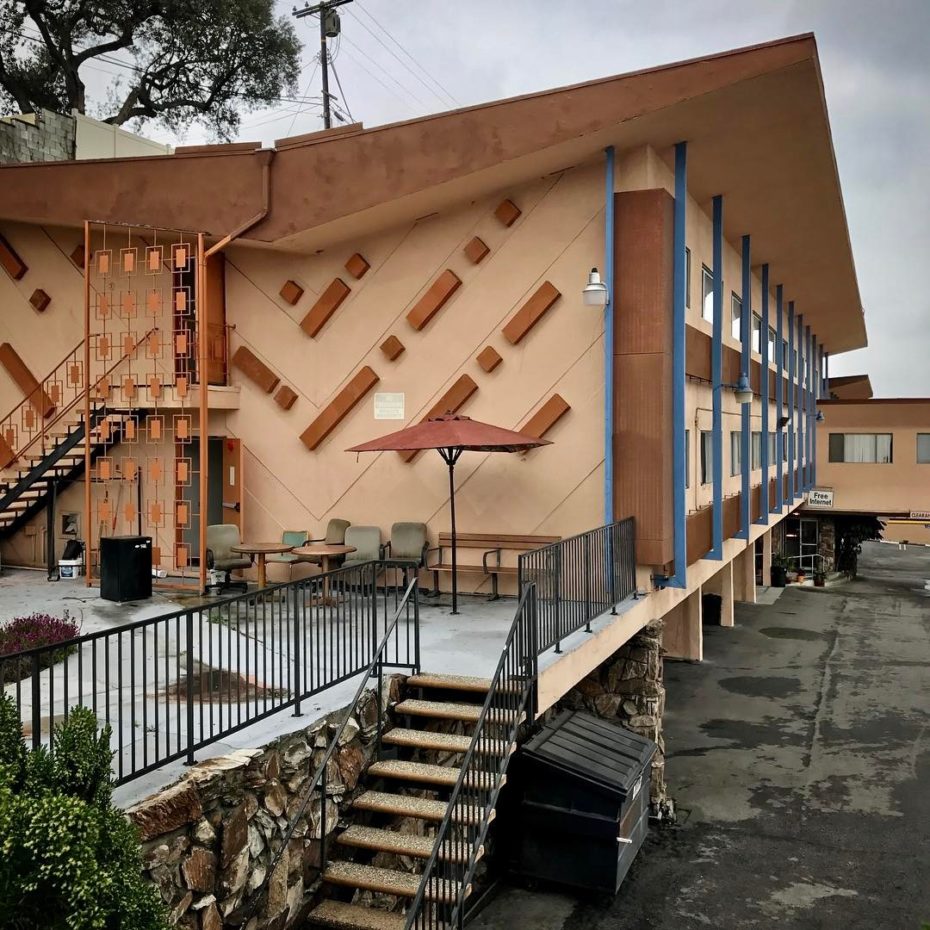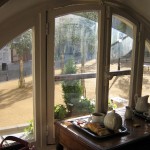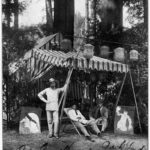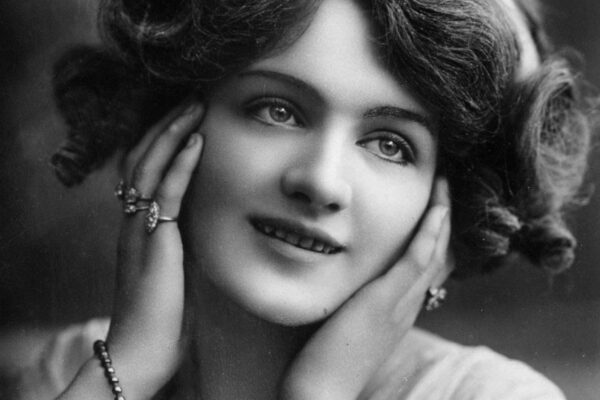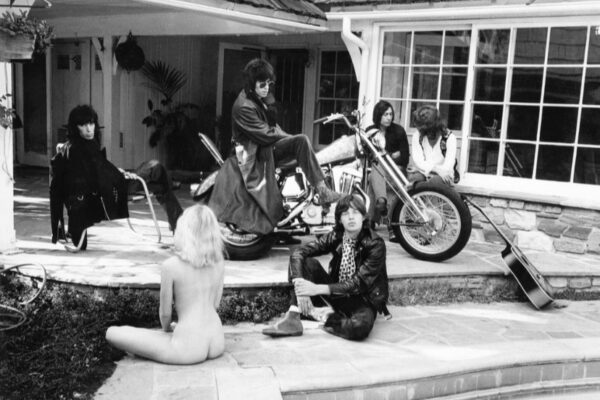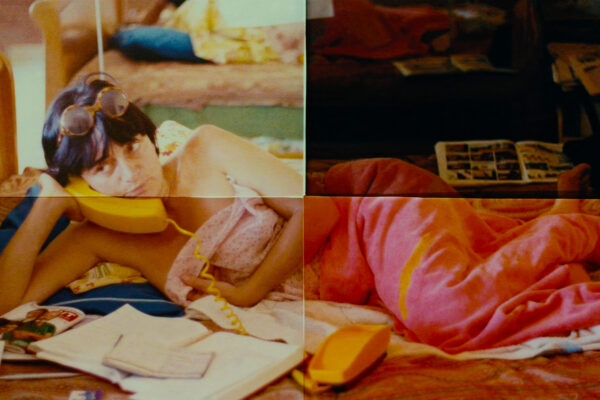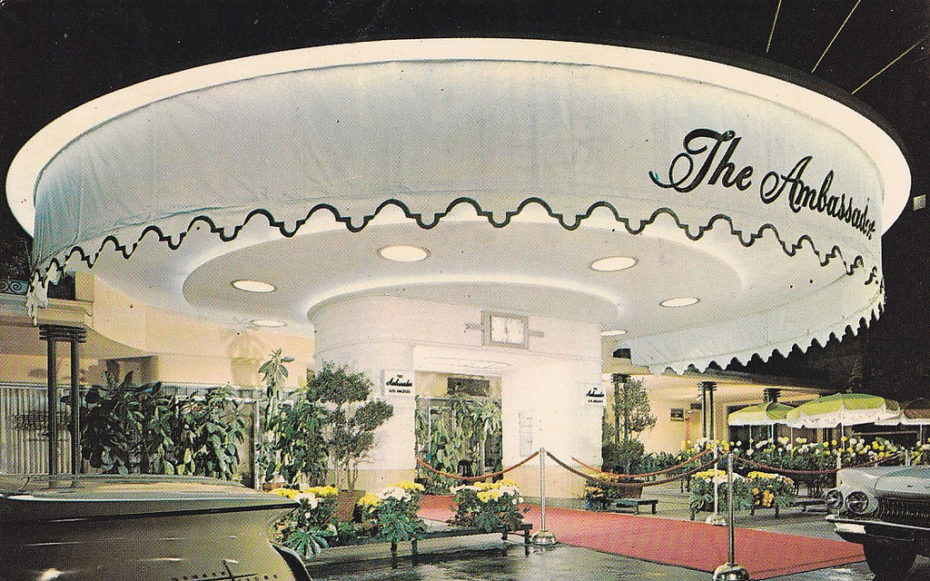
Where were you on a hot summer night in West Hollywood, circa 1948? Or ’78? Pulling up an animal print stool at the Zebra Room, or sitting poolside at the Ambassador Hotel? Whether it was on the heels of Hollywood’s Golden Era or the époque of Joan Didion cool, Los Angeles’ hotels and restaurants have an unmatched talent for falling into legend — for better, and for worse. An incessant blend of theatrics, glamour, and a whole lot of gin made for some of the most jaw dropping nights you could imagine, from John Barrymore’s pet monkey swinging around the Cocoanut Grove, to the assassination of Robert F. Kennedy. Order a double and stay a while as we crack open the scrapbook of your most memorable hotspots in bygone LA…

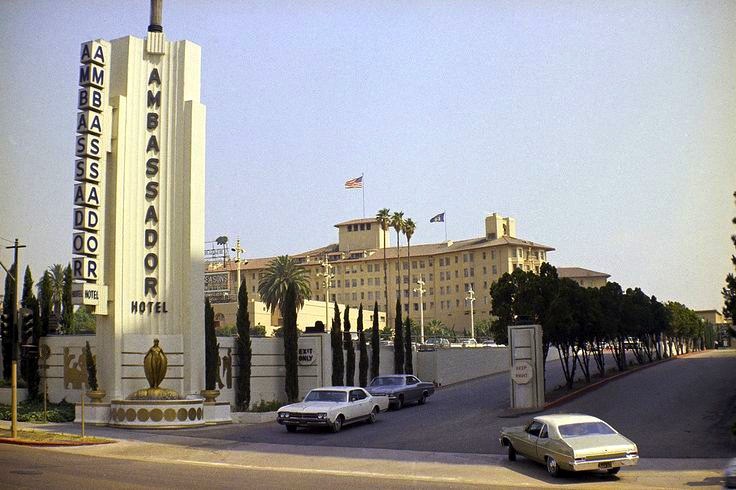
The Ambassador wasn’t just a hotel, but an institution. Owned by the Schine family from the 1920s up into the ’70s, it was where the original Hollywood heavy-hitters came to play. One might argue that celebrity hotel trashing was born at the Ambassador with Scott and Zelda Fitzgerald. In 1929, they couple were staying at a bungalow while Scott wrote a movie script for United Artists. He began an affair with the film’s lead actress and one night, while he was out, Zelda set fire to all their clothes and torched the bungalow’s furniture. At least that was the rumour. On a lighter note, Walt Disney liked to celebrate his birthdays here.
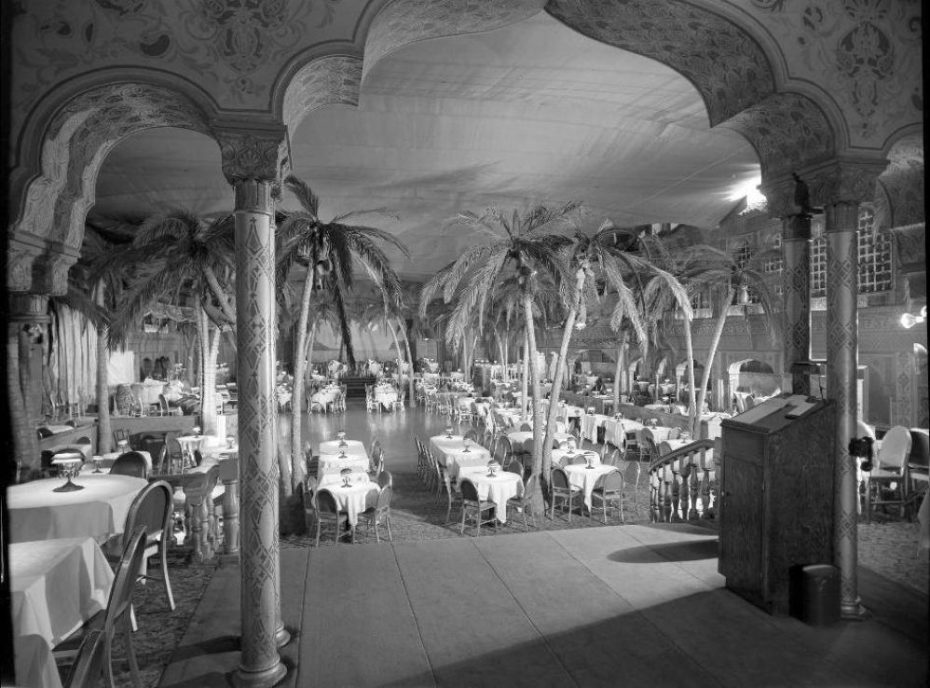
Cocoanut Grove, the Ambassador Hotel
“There was much drama right here in this hotel,” recalled Joan Crawford on her early days there as a Charleston dancer in its Cocoanut Grove Nightclub, “so many lives were affected, some for better, some for worse. So many careers began…some even ended in this very room.”
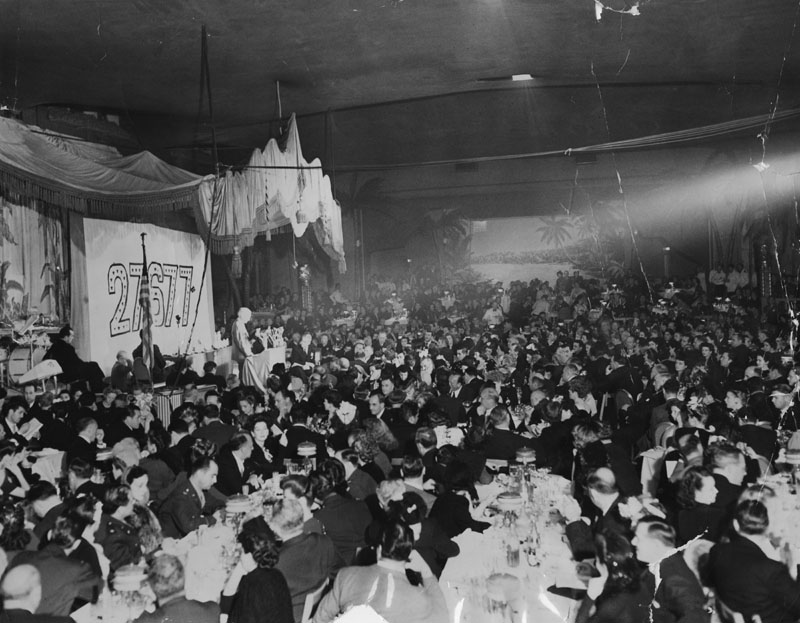
The 1943 Academy Awards
Over the years, it even made cameos in films like The Graduate and Pretty Woman, and hosted everything from Academy Awards ceremonies to the country’s grandest political fundraisers. The latter of which, sadly, brings us to the hotel’s downfall. One of the Ambassador’s fans was would-be Presidential candidate Bobby Kennedy, seen here celebrating a Primary win at the hotel’s ballroom in 1968:
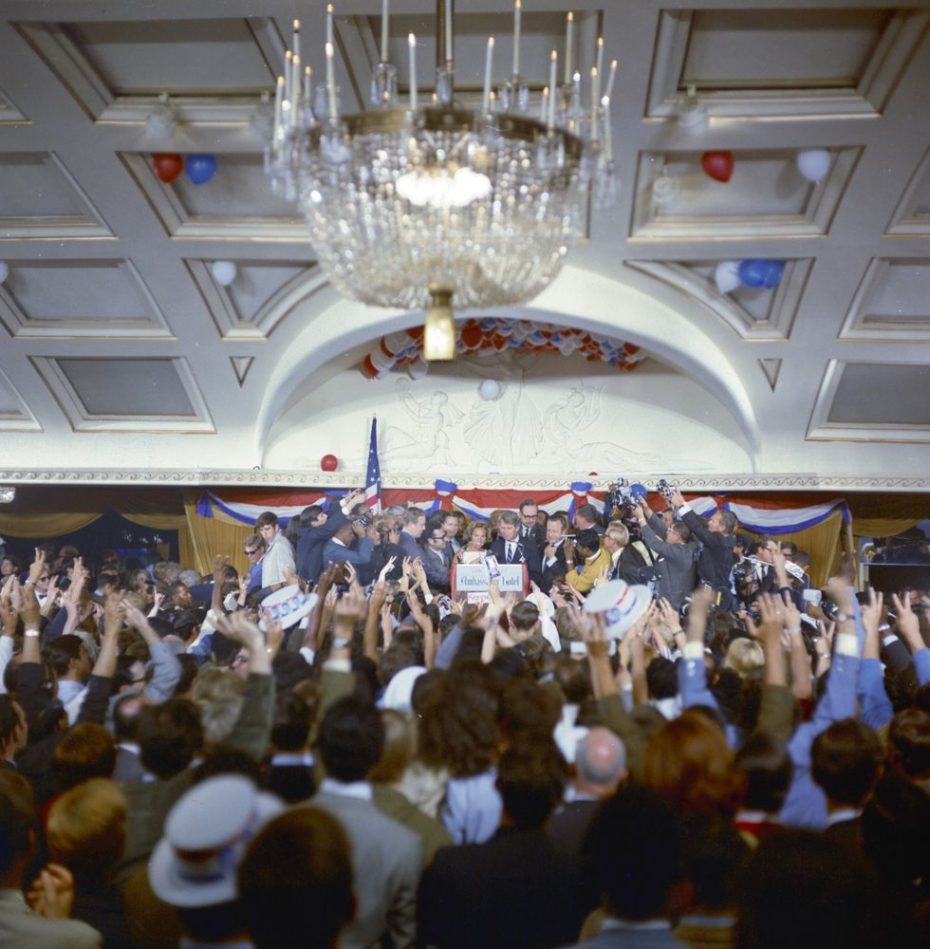
Ambassador Hotel, 4 June 1968
Moments later, Kennedy was assassinated. The hotel never bounced back from the tragedy, especially in a city where running such an opulent hotel was becoming less and less realistic, and it closed its doors in 1986. “There are ghosts in this crumbling behemoth,” wrote La Magazine in 1998, “It’s hard to believe that the decayed six-story, 500-room hotel is still clinging to life.” It was demolished in 2006 despite community efforts to preserve it, with only parts of the original foyer remaining…
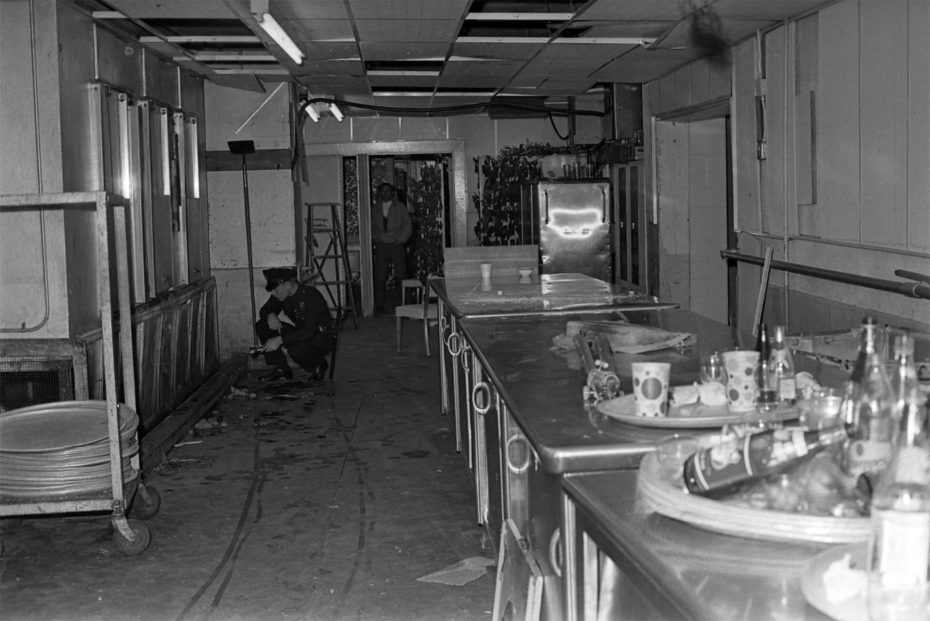
The Ambassador Hotel kitchen where Sen. Robert F. Kennedy was murdered
The Ambassador wasn’t just a hotel, but an institution. Owned by the Schine family from the 1920s up into the ’70s, it was where the original Hollywood heavy-hitters came to play. There were stories of Zelda Fitzgerald pulling up to the valet, completely hammered on the roof of her car, or of Walt Disney celebrating his birthday. “There was much drama right here in this hotel,” recalled Joan Crawford on her early days there as a Charleston dancer in its Coconut Grove Nightclub, “so many lives were affected, some for better, some for worse. So many careers began…some even ended in this very room.”
Clifton’s “Pacific Seas” Cafeteria
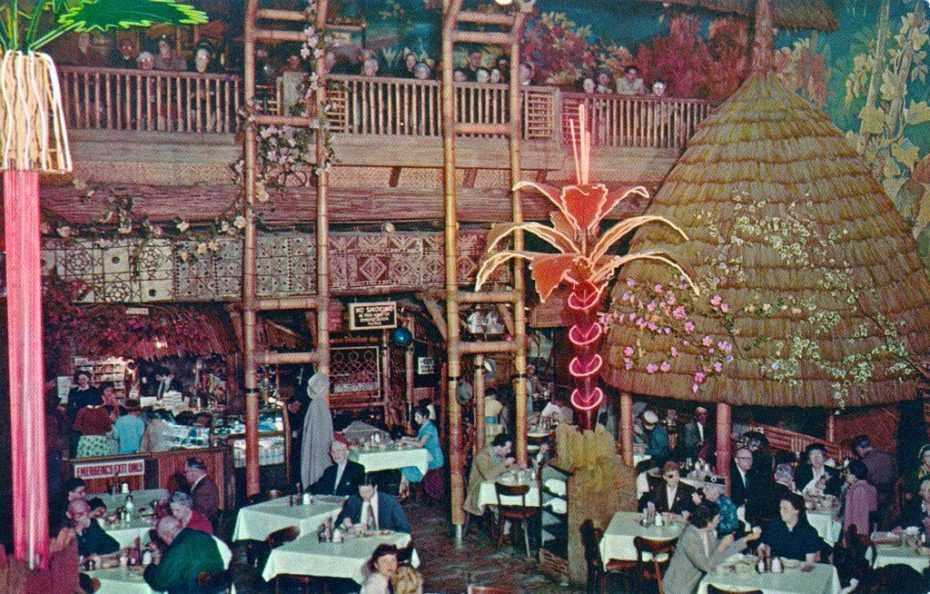
We’re still trying to understand what exactly Clifton’s was. An undersea grotto? Sequoia themed dining hall? The chain of cafeteria style restaurants began in downtown LA during the Great Depression, and implemented a “Pay What You Wish” policy for diners. The outdoor facade was one giant waterfall, inviting locals into a nightly vacation…
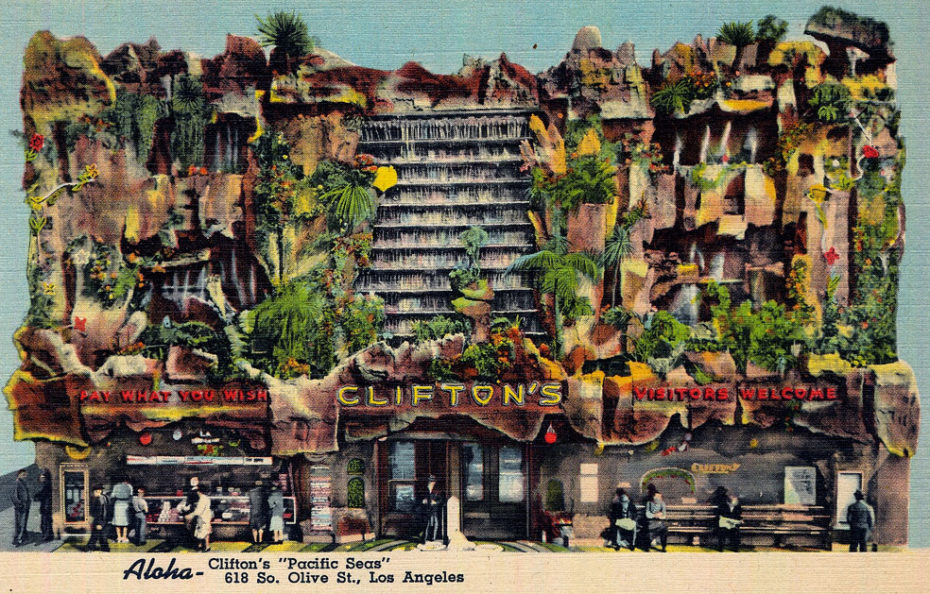
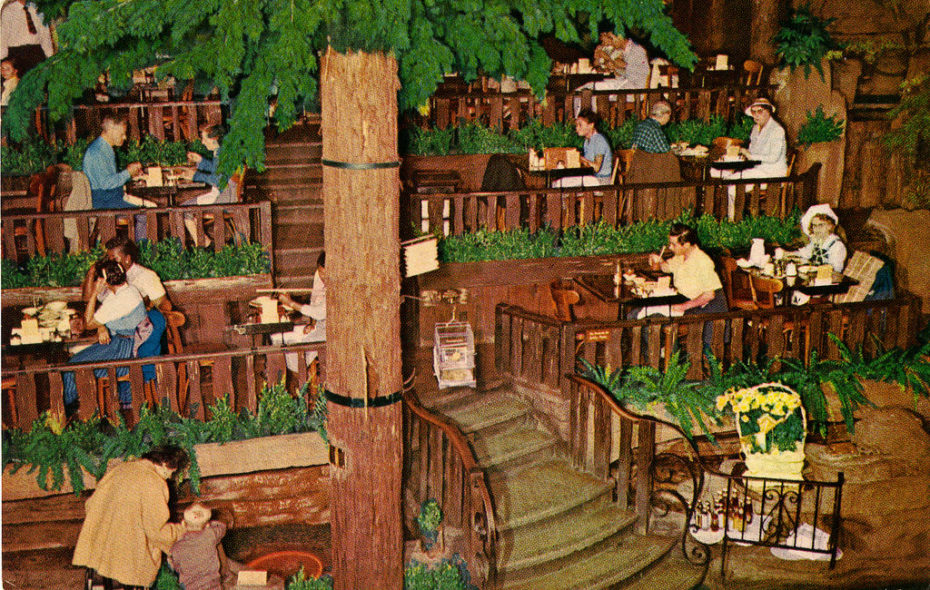
With its hula dancers and tropical plants, the “Pacific Seas” diner at 618 S. Olive Street helped folks forget they were scrounging for dimes.
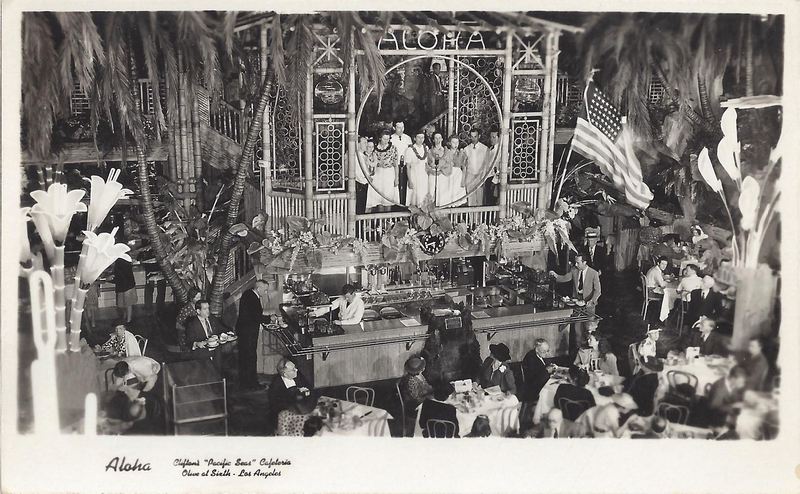
The Pacific Seas closed in 1960, but its Brookdale outpost at 7th and Broadway, which makes you feel like you’re in a redwood forest, is still operating today.
The Raymond
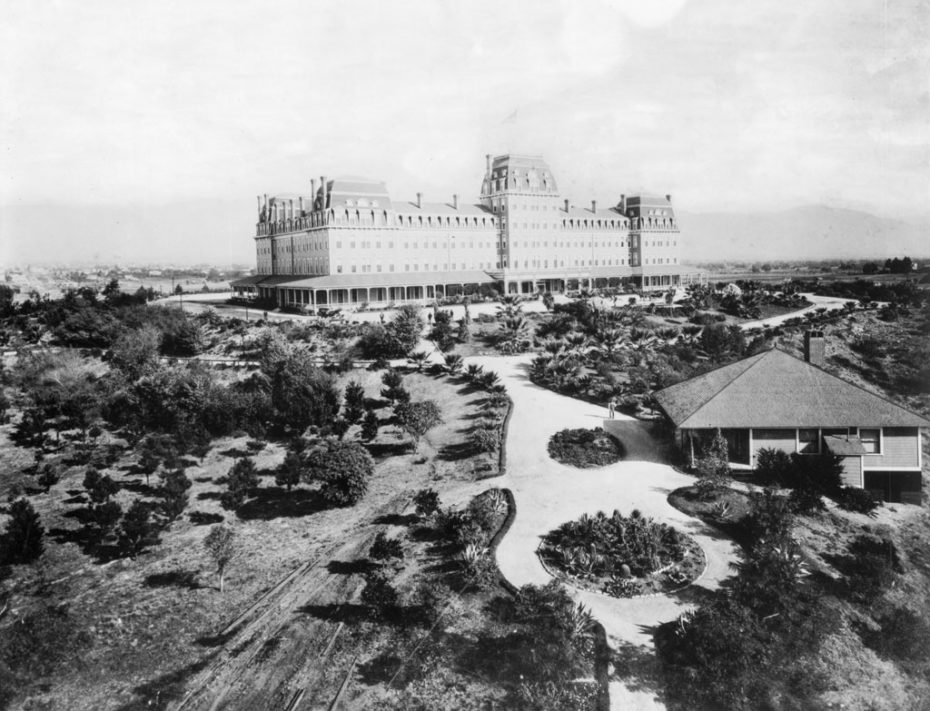
You may have never heard of the Raymond, which has become one of LA’s lost wonders. The hotel opened its doors in 1886 in present-day South Pasadena, and was the first major resort hotel of its kind in the area.
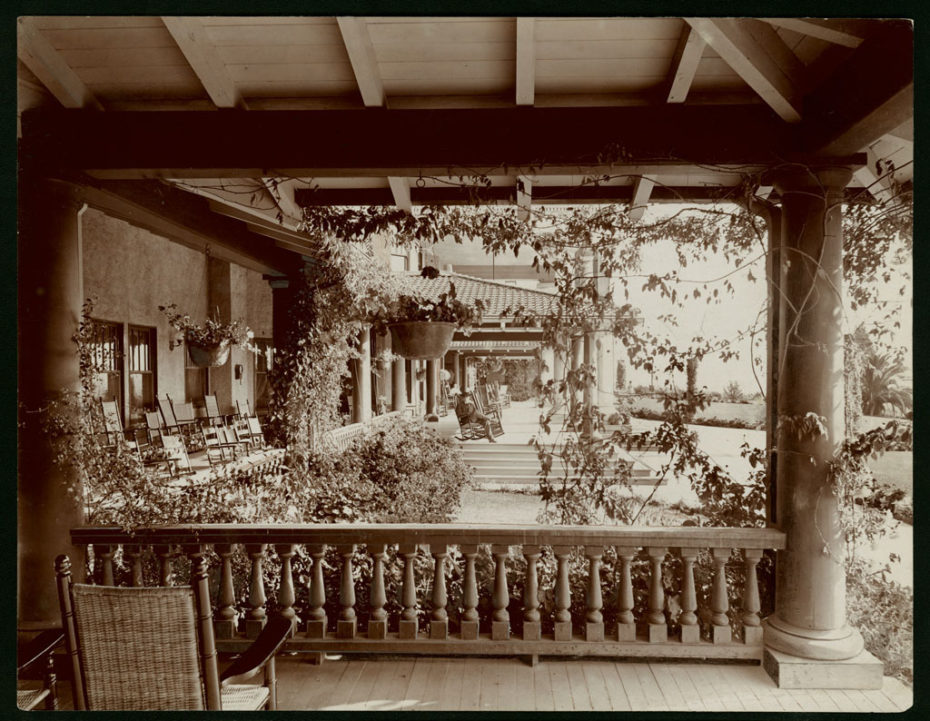
Raymond served as a winter residence for wealthy eastern moguls, including names like Pullman, Rockefeller, Morgan, Carnegie, and R. T. Crane who spent his remaining winters at the Raymond. The original hotel, a grand Victorian edifice was burned to the ground in 1895 and the second building didn’t survive the Great Depression (and now is a site of apartment buildings). But it set a precedent for the kind of glamour the city would be so good at churning out.
The Victor Hugo Restaurant
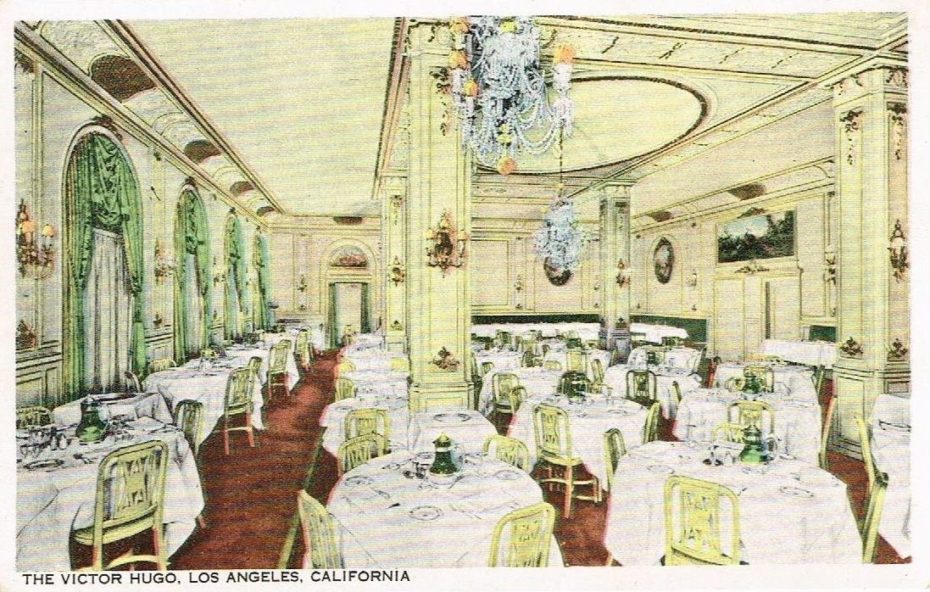
Yet another respite from the Great Depression, the Victor Hugo wasn’t only a slice of Paris is Southern California, but one of the restaurants that put Beverly Hills on the chicer-than-thou map. Architect Claude Beelman created a Beaux-Arts style building at 233 N. Beverly Drive whose gilded interiors recalled France’s grand brasseries.
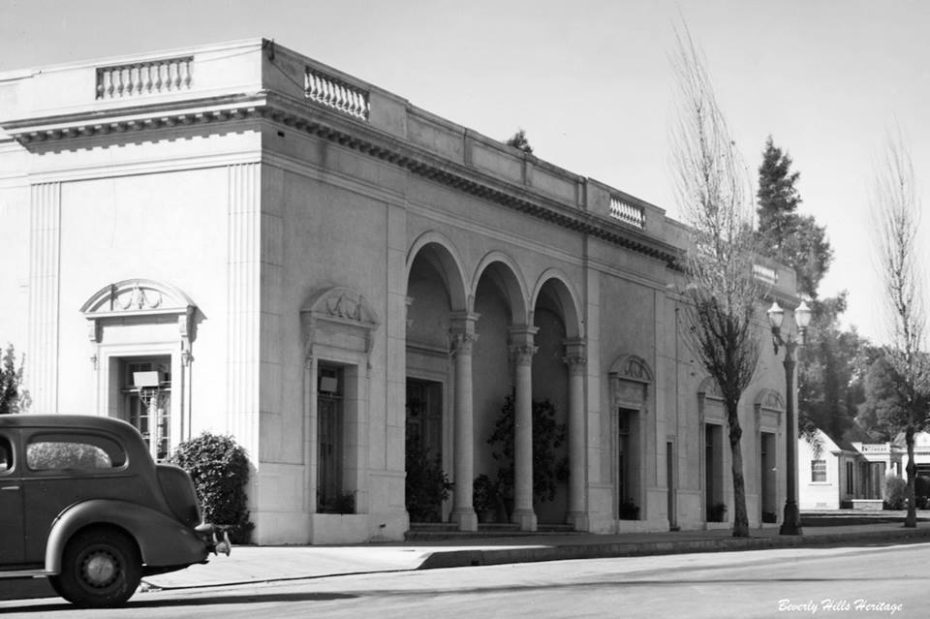

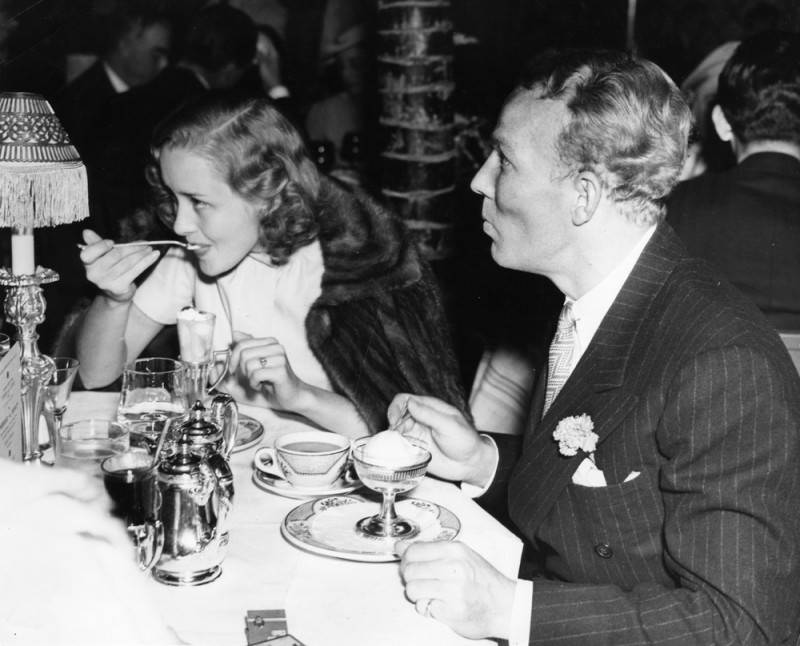
Victor Hugo eventually closed, passing the baton to another hip French spot, Max au Triangle, in the 1980s…
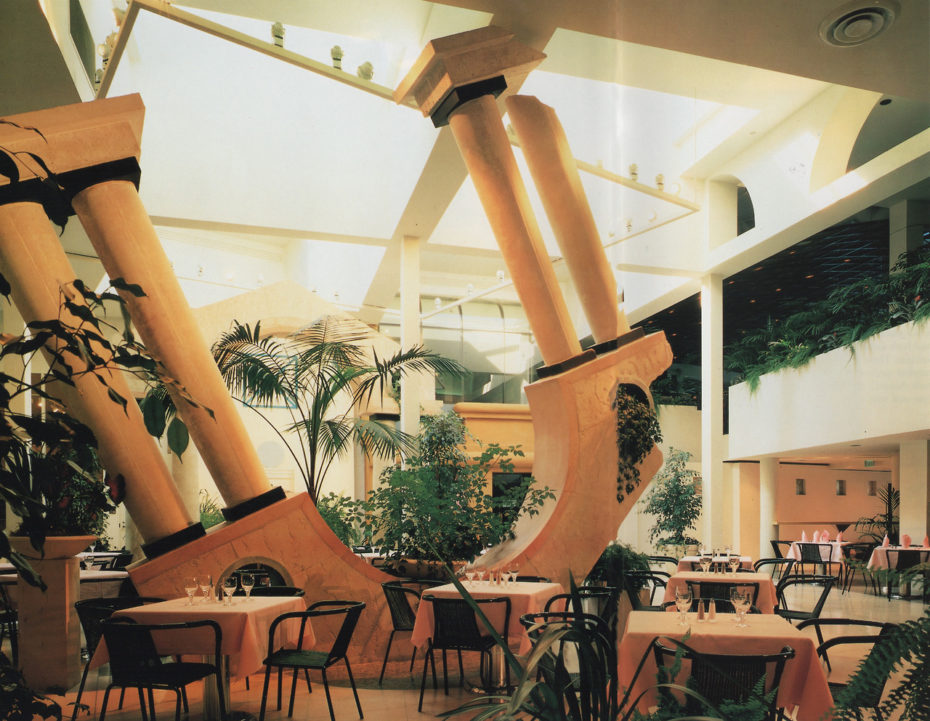
Max au Triangle
“You know the minute you walk in the door that something different is going on here,” wrote the LA Times in 1985, “The restaurant occupies an unenclosed airy perch that floats above a new arcade, looking more like a stage set than anything else… a restaurant that is serious but not stodgy, quiet but not conservative, a place that preserves the dignity of haute cuisine while discarding the pretensions of old-style restaurants.” Sadly, le Triangle is no longer in business.
The Zebra Room
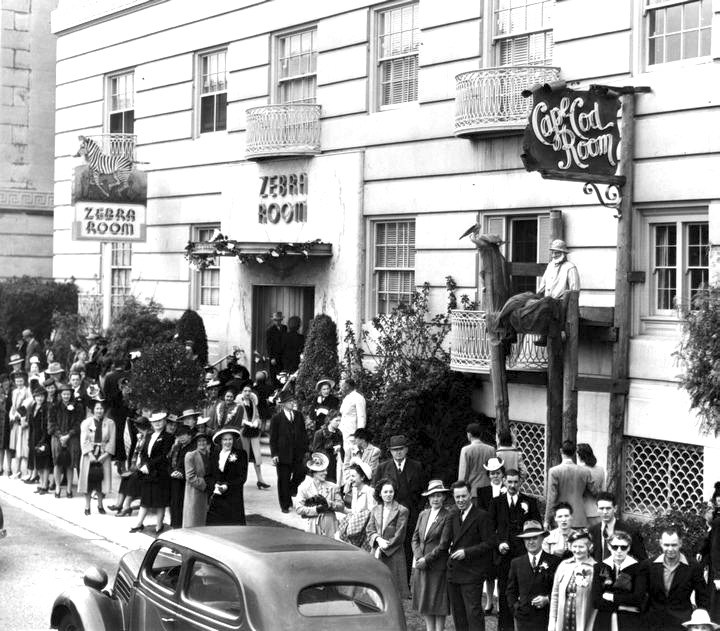
The Zebra Room Bar opened up inside the Town House Hotel on Wilshire Blvd and quickly became a Hollywood hotspot. It was one of the most luxurious buildings in the Wilshire District, so much so that Liz Taylor celebrated her first marriage there to Conrad Hilton Jr.
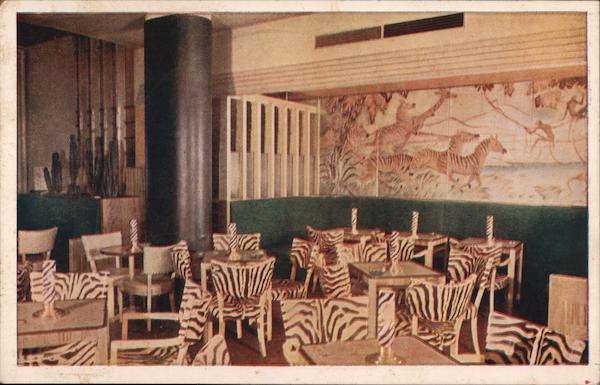
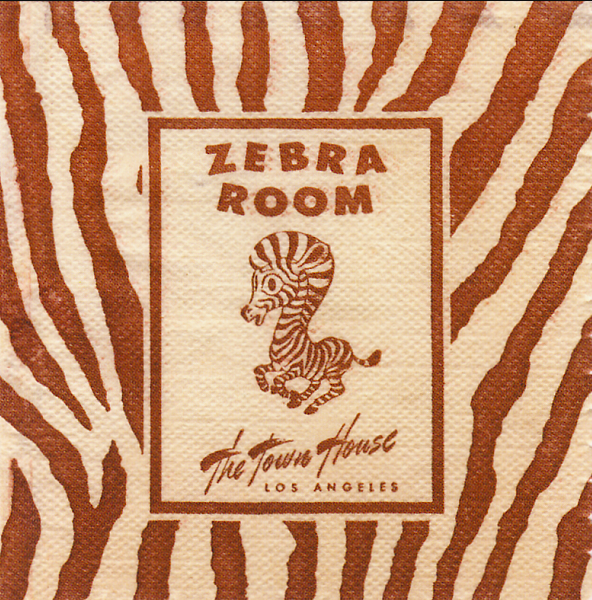

The epic Zebra-print bar is no more, but it looks like there are apartments to let in the historic building.
The Jet Inn Motor Hotel
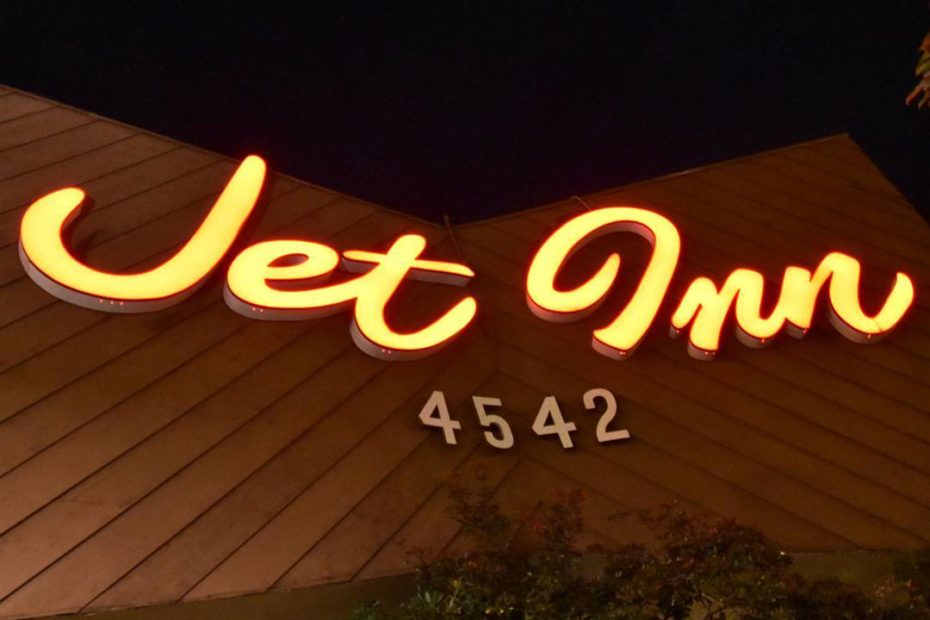
david_k747
If you’ve ever schlepped past Slauson Avenue, you’ve probably done a double take at the Jet Inn. It’s the kind of spot you could imagine Don Draper pulling into on a nightly bender in 1969…
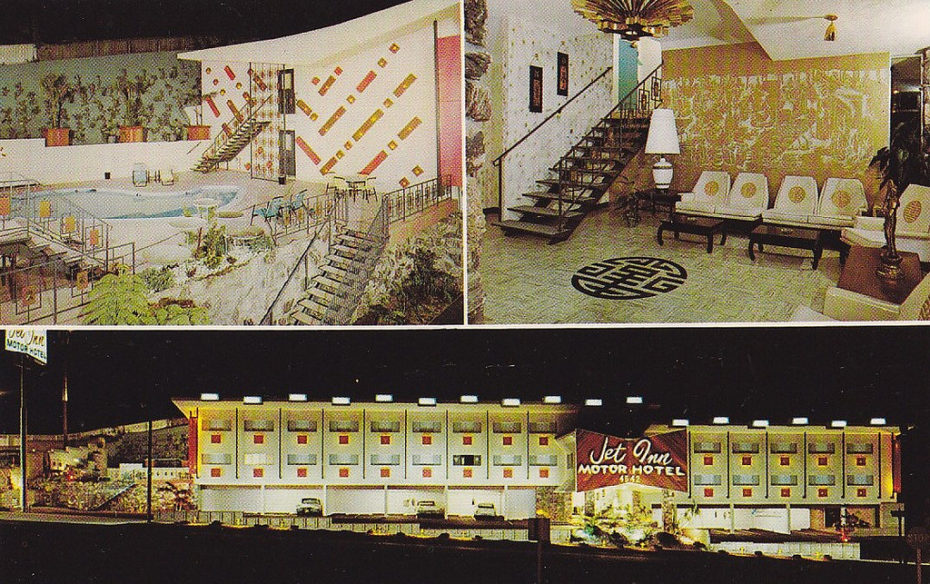
Back in its heyday it had a glittering outdoor pool area, “worldly” mid-century interiors and everything from babysitting services to a doggy daycare. This gem’s on our list because she’s still in operation, and even though she needs a facelift (and no longer welcomes pets), not much has seemed to change aesthetically:
Very accidentally Wes Anderson. Find it here.
Beverly Wilshire

Another LA institution, the Beverly Wilshire gave the Ambassador a run for its money. This is where John Lennon spent a few months separated from Yoko, where Anjelica Huston and Jack Nicolson came to party, and where American socialite and Woolworth heiress Barbara Hutton died. It’s still in operation today, but we’re suckers for the bygone, emerald green bar. They should definitely bring that back!
Bonaventure
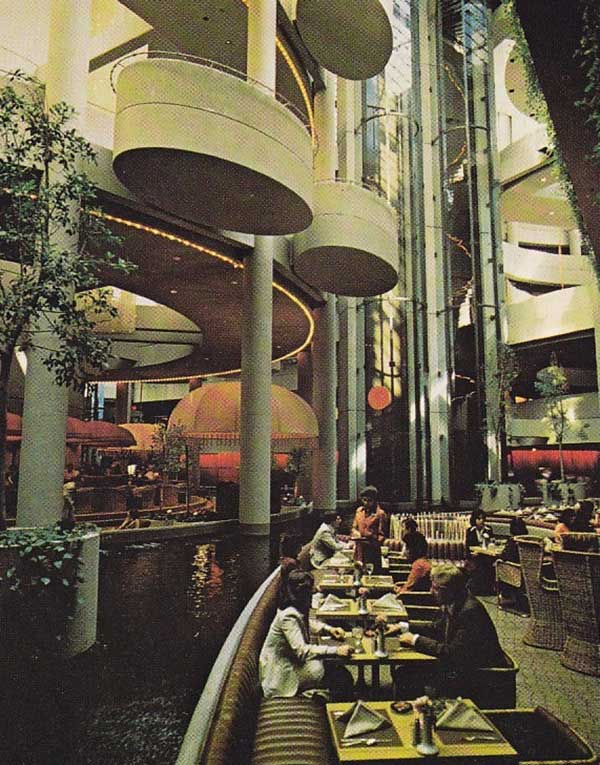
Meanwhile in the latter half of the 21st century, we’ve got places like the Bonaventure. Angelinos have been divided on this hotel since its opening in 1976, which ushered in a new era of LA-cool à la Ridley Scott with larger-than-life glass elevators, futuristic booths that dangled over its centre, and a “revolving” restaurant.
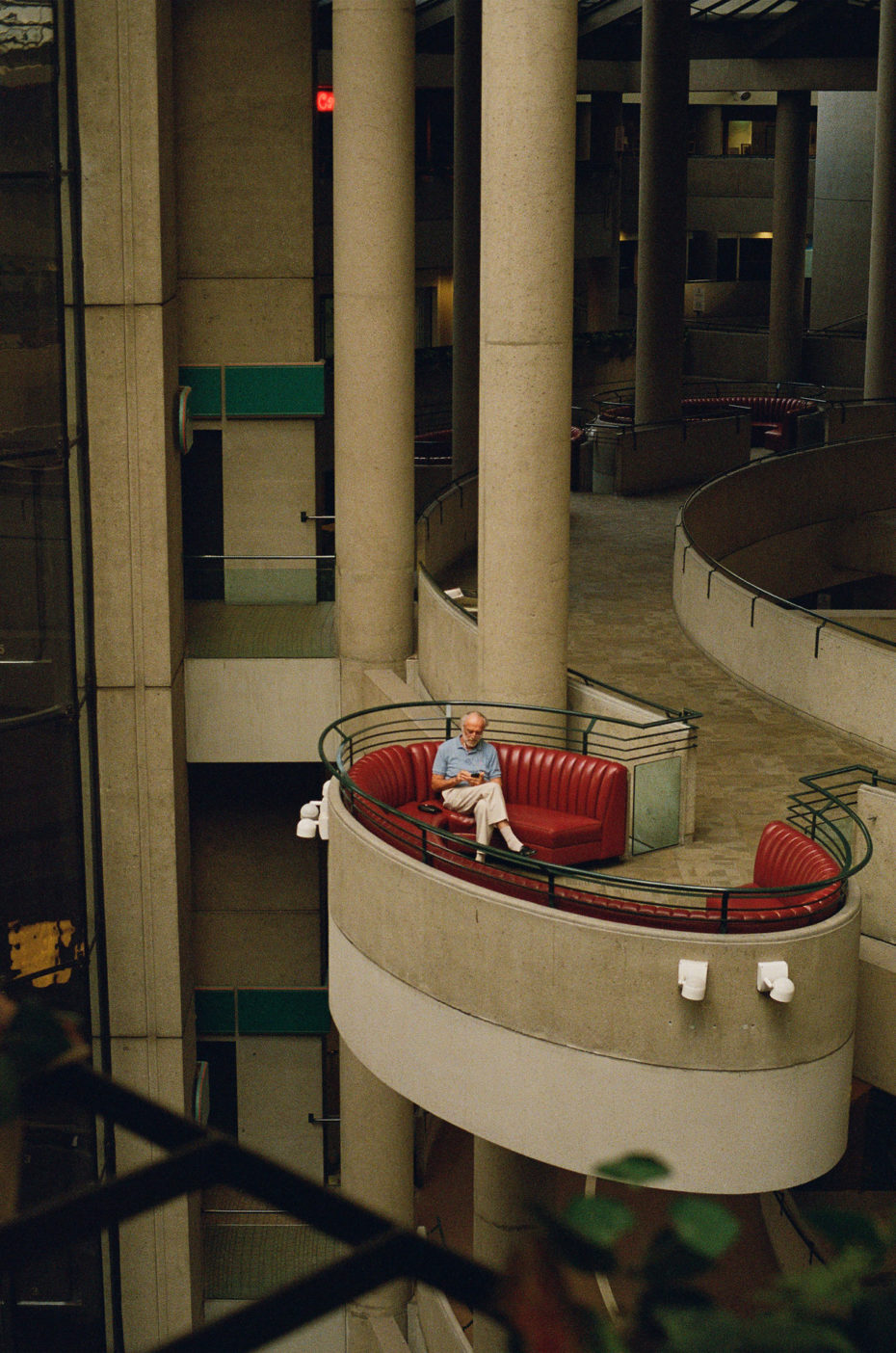
And because this is LA, it was host to a number of films, from Mission Impossible to Escape from LA, and countless TV shows and commercials. You can still stay at the hotel today, and bask in the weird post-modern ambiance of the place that sent LA into a kind of existential crisis. “A concentrated representation of the restructured spatiality of the late capitalist city,” wrote critic Frederic Jameson, “the Bonaventure is fragmented and fragmenting, homogeneous and homogenizing, divertingly packaged yet curiously incomprehensible…In so many ways, its architecture recapitulates and reflects the sprawling manufactured spaces of Los Angeles.”
The Beverly Hills Hotel
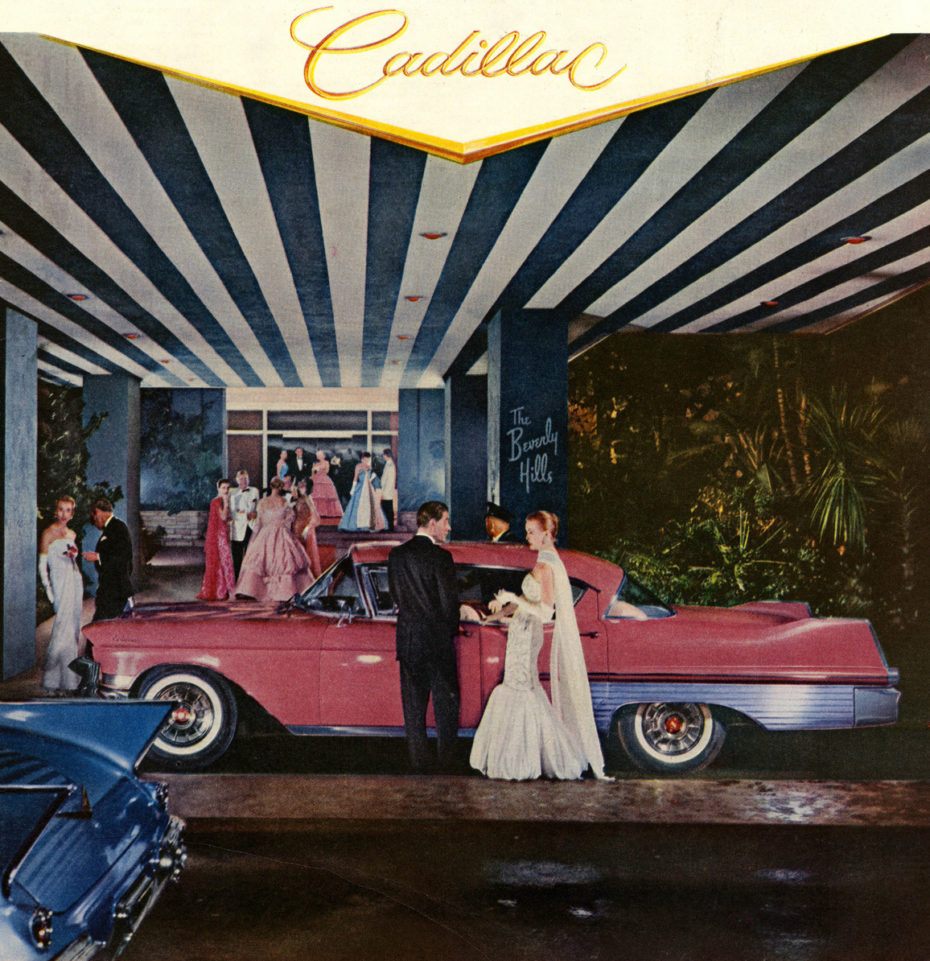
Of course, we couldn’t finish our round-up without a nod to the iconic Beverly Hill Hotel, “The Pink Palace” which became the first historic landmark in Beverly Hills at its 100th anniversary commemoration ceremony. The glamour, the tradition and the history is unmatched and unchanged. Stop for a drink here and you’ll be looking at the same surroundings that lured everyone from Marilyn Monroe to Warren Beatty.
Hungry for more bygone LA glamour? Try Hedonist Hollywood’s Lost Garden of Allah.


